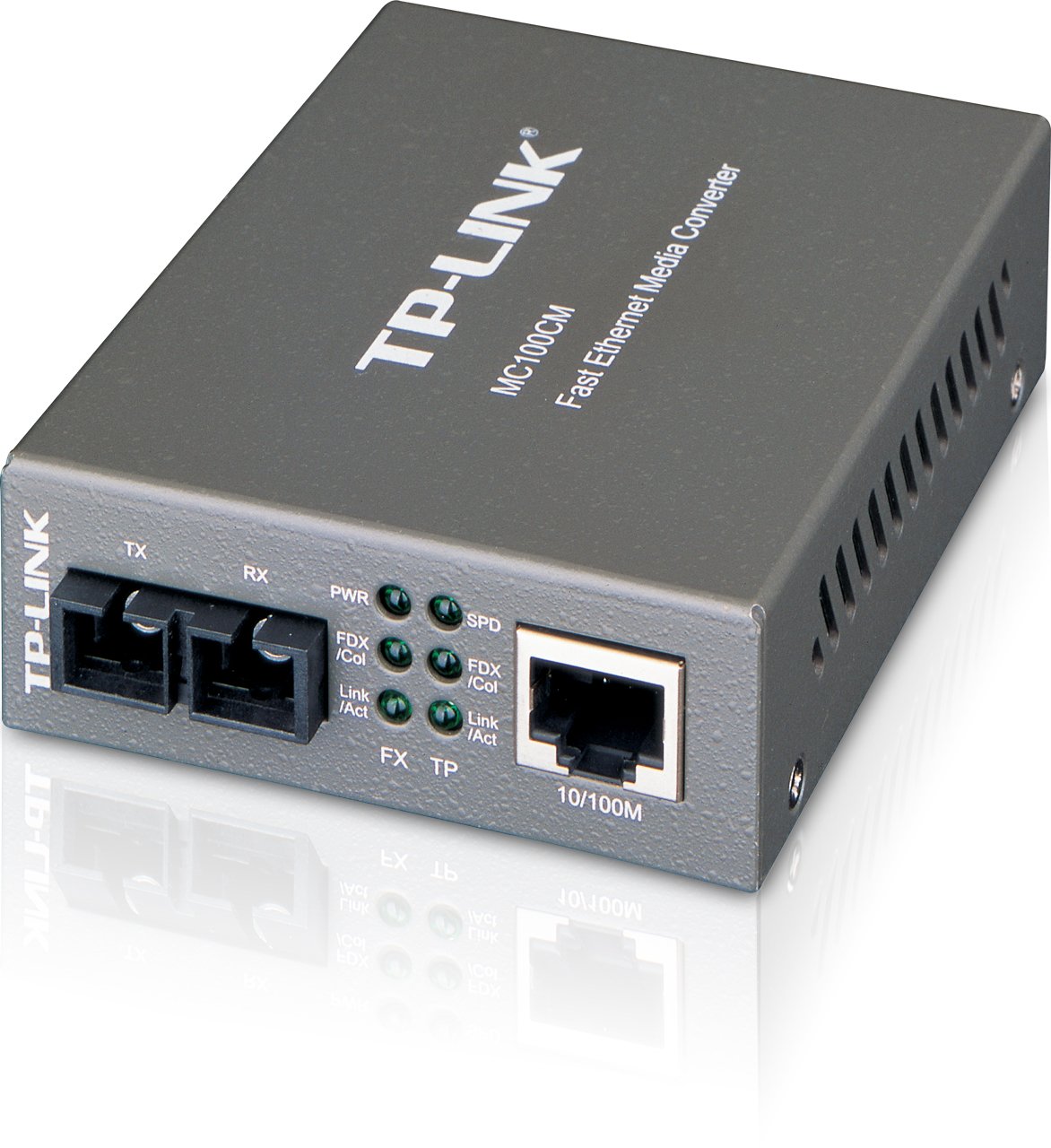A fiber media converter also called a photoelectric converter, is an Ethernet transmission medium conversion unit that interchanges short-distance twisted pair electrical signals with long-distance optical signals. Different viewing angles make people have different understandings of optical media converters, such as single 10M, 100M optical media converters, 10/100M adaptive optical media converters, and 1000M optical media converters according to the transmission rate.
Fiber optic media converters operating at the physical layer and fiber optic media converters operating at the data link layer; if structured from a desktop point of view (stand-alone) fiber optic media converters and rack-mount fiber optic media converters.
The main task of the connector device is how to seamlessly connect the two parties. Therefore, it must be compatible with the sorrounding environment and should be reliable and stable with its own product.
- Does it support half-duplex and dull-duplex?
Many chips available in the market are only capable of getting used in a full-duplex enviroment and are not able to support half-duplex. If you connect them to other brands of hub or switches, it works on the half-duplex mode, and can create serious conflicts and do packet loss.
- Have you checked the connection with other fiber optic media converters?
At present, there are several optical media converter media converters present in the market. For example, if the compatibility of different brands of media converters has not been tested before, the conclusion can be long, rapid or slow transmission time, and packet loss.
- Is there a safety device to avoid packet loss?
Some manufacturers use the register data transmission mode to reduce the cost when manufacturing the optical media converter. The main disadvantage of this method is that the transmission is unstable and packet loss and the best is to use the buffer line design. It is safe to avoid data loss.
- Temperature adaptability?
When the fiber optic media converter itself is used, it will generate high heat. When the temperature is too high (generally not as large as 85 °C), does the fiber optic media converter work normally? What is the maximum allowable operating temperature? For a device that needs a long-term operation, this is worthy of our attention!
- Is there an IEEE802.3u standard?
If the optical media converter meets the IEEE802.3 standard, the delay time is controlled at 46 bits. If it exceeds 46 bits, the distance transmitted by the optical media converter will be shortened!
- After-sales service
In order to make the after-sales service respond promptly and early, it is recommended that the customer choose a professional company with strong strength, high technical strength and good reputation. Only the technical engineers of professional companies have more experience in troubleshooting, and the tools for detecting faults are more advanced!
 By relying on high-performance switching chips and large-capacity caches, the fiber media converter provide balanced traffic and isolation conflicts while realizing non-blocking transmission switching performance. Detection of errors and other functions to ensure high security and stability during data transmission.
By relying on high-performance switching chips and large-capacity caches, the fiber media converter provide balanced traffic and isolation conflicts while realizing non-blocking transmission switching performance. Detection of errors and other functions to ensure high security and stability during data transmission.
